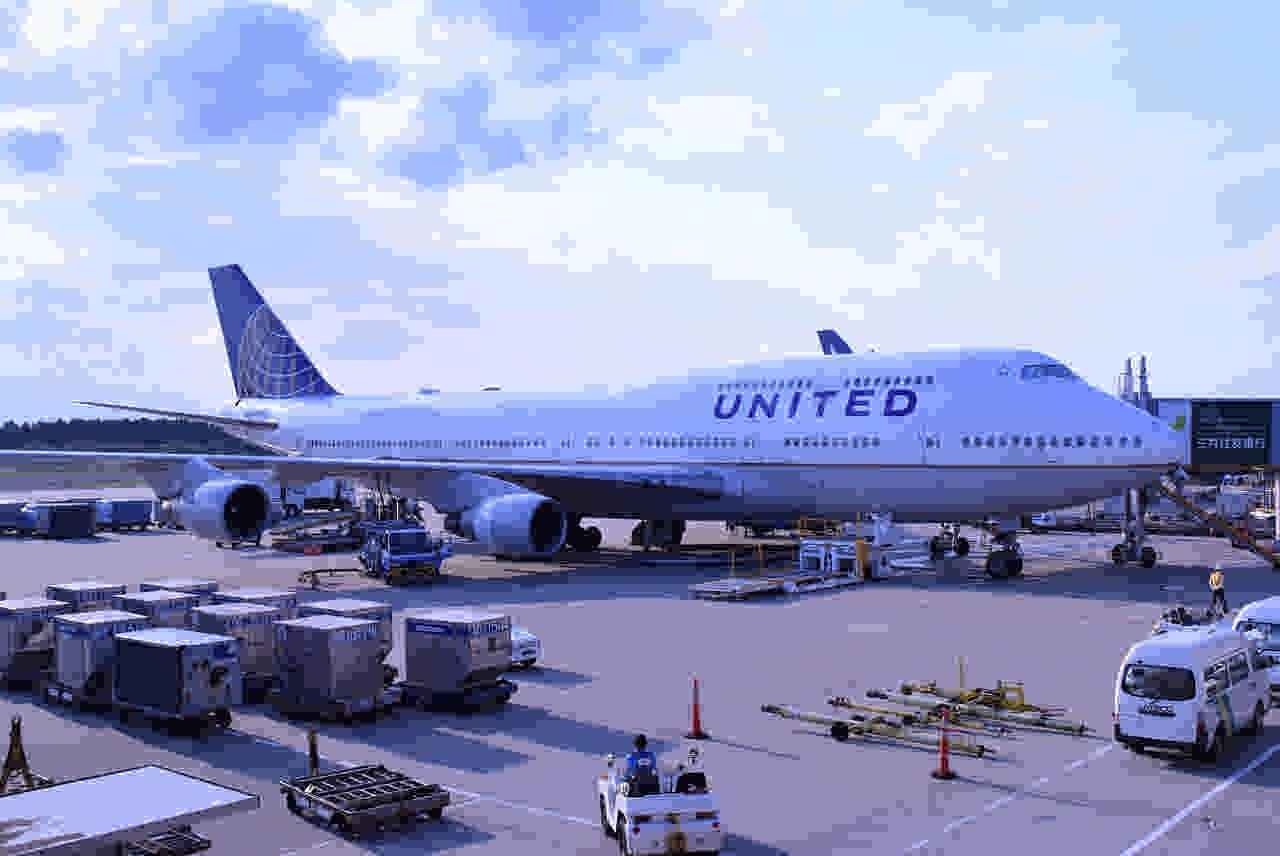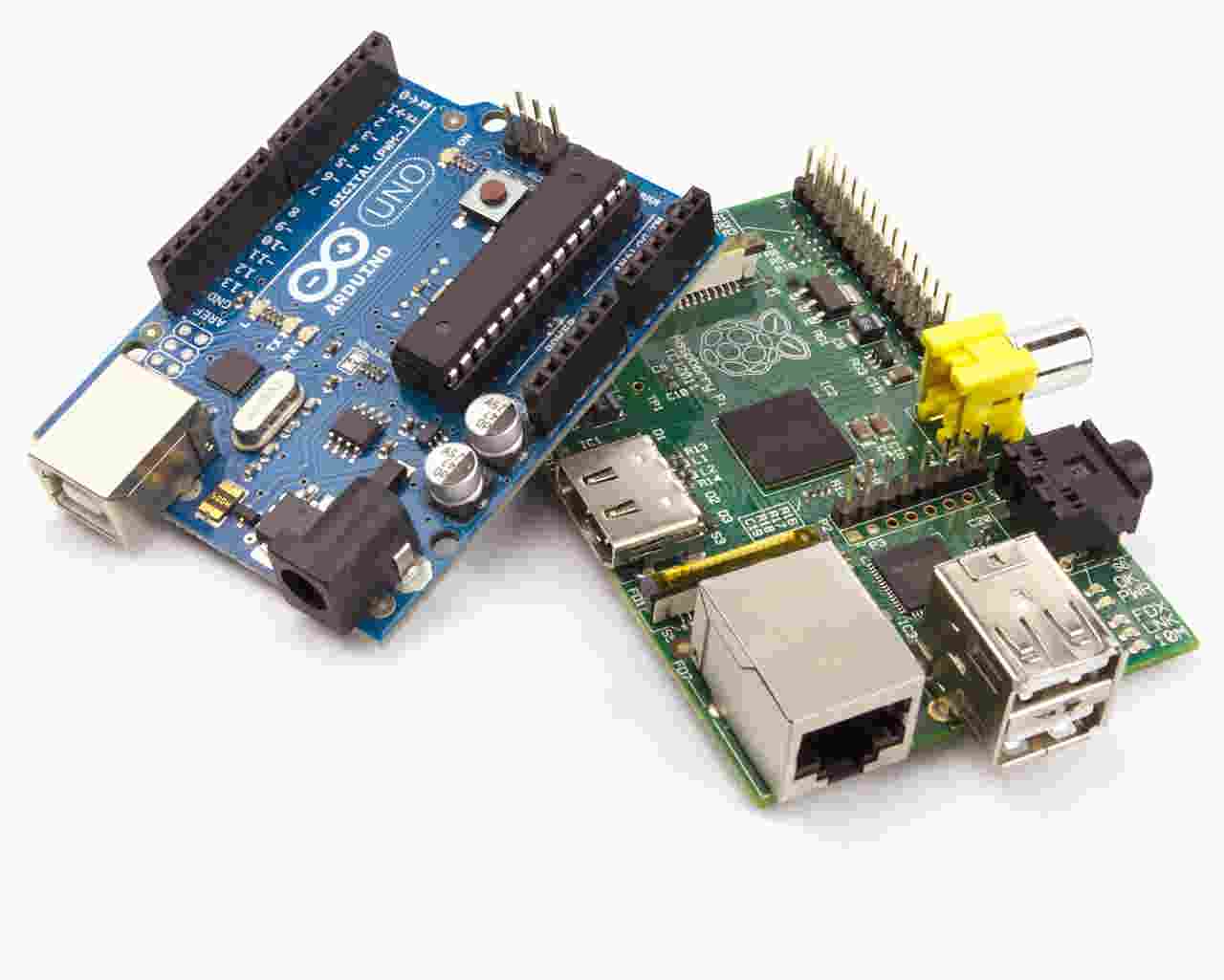United Airlines Flight UA770 Emergency Diversion Flying has always been a mix of anticipation and trust. Whether it’s a quick hop across the country or a long-haul international journey, passengers step into an aircraft believing everything will go according to plan. But sometimes, the skies change course — quite literally.
That’s what happened with United Airlines Flight UA770. What was expected to be a routine flight turned into an unexpected headline. A sudden diversion, mid-air decisions, and a wave of uncertainty brought this flight into the spotlight. For some passengers, it was a frightening experience. For others, it was a powerful reminder of the complex machine that is commercial aviation.
This blog unpacks everything that happened on that day — from the technical side of aviation procedures to the very human reactions of those onboard. Let’s dive into the full story behind United Airlines Flight UA770 and what its emergency diversion reveals about flying in today’s world.
What Happened Aboard United Airlines Flight UA770
A Timeline of the Emergency: From Takeoff to Diversion
United Airlines Flight UA770 took off like any other flight. The aircraft was scheduled to travel from its departure city to its intended destination without any known complications. Weather conditions were normal, the crew was experienced, and passengers were settling in for what was supposed to be an uneventful journey.
But midway through the flight, things began to shift. Reports indicate that roughly two hours into the trip, the aircraft began altering its flight path. Air traffic control communications confirmed that the plane was diverting from its scheduled route. The reason? That wasn’t immediately clear to passengers or the public.
The captain made an announcement informing those onboard of the diversion, but, as is standard in aviation, the details were limited until more facts could be confirmed.
Initial Reports and How Passengers Responded
As soon as word of the diversion spread — both inside the aircraft and through online tracking systems — speculation began. Some passengers texted loved ones. Others checked flight tracking apps to see the new route. In the age of smartphones and real-time data, even minor flight changes become instant news.
Those onboard reported a calm but tense atmosphere. When planes divert, it’s rarely without reason, and the uncertainty itself often triggers anxiety. Was there a technical issue? someone ill? it weather-related?
Flight attendants moved through the cabin with their usual professionalism, but you could sense that something had changed. Even if you’ve flown dozens of times, being part of an emergency diversion is not something easily brushed off.
Key Statements from the Airline and Flight Crew
United Airlines released a brief statement shortly after the diversion occurred:
“United Flight UA770 diverted to [alternate airport] out of an abundance of caution due to [reason if confirmed]. The safety of our passengers and crew is our top priority.”
The flight crew reiterated that sentiment to passengers during and after the landing, assuring everyone that the diversion was necessary but under control. While some travelers were frustrated about delays, most appreciated the clarity — and more importantly, the safe outcome.
Inside the Cockpit: What Led to the Emergency Diversion
Mechanical Malfunction, Medical Emergency, or Weather Threat?
While specific details may vary depending on the official investigation and airline transparency, diversions typically fall into one of three categories: mechanical issues, medical emergencies, or environmental threats (like sudden storms or airspace conflicts).
In the case of UA770, early indications pointed toward a technical malfunction. That could mean anything from a minor systems alert to something more serious like a potential engine concern or pressure-related issue. In modern aircraft, even small anomalies can prompt diversions, not because the plane is in imminent danger — but because aviation safety errs on the side of caution.
Some rumors suggested a medical emergency, citing movement in the cabin and requests for medical professionals onboard. This is not uncommon and often results in an immediate rerouting to the nearest suitable airport.
Until formal findings are released, these possibilities remain speculative, but each one reflects the decision-making process that pilots and airlines follow in real time.
Understanding Aviation Protocols for Emergency Landings
Let’s pause here to appreciate what happens behind the scenes when a pilot declares an emergency or requests diversion:
- Immediate communication with air traffic control (ATC): Pilots notify ATC, explaining the situation and requesting a reroute.
- Assessment of nearest suitable airports: Not all airports can accommodate all aircraft. Factors like runway length, weather conditions, and emergency support availability matter.
- Coordinating with airline operations: The airline’s operations center helps manage the logistics of rerouting, passenger support, and downstream effects.
- Cabin crew coordination: Flight attendants are briefed and begin preparing passengers for a potential emergency landing.
Every step is executed with precision and with one core principle in mind: safety first.
The Role of Air Traffic Control in Guiding Diversions
Air traffic controllers are the unsung heroes in these situations. As soon as UA770 made the call, controllers began plotting a safe descent path, cleared surrounding traffic, and coordinated emergency support on the ground.
They also help prioritize the aircraft’s arrival based on the nature of the emergency. For example, if there’s a fire onboard (which thankfully there wasn’t), that aircraft gets top priority over all others.
Passenger Experience: First-Hand Accounts from Flight UA770
Voices from the Cabin: Fear, Calm, and Confusion
Several passengers shared their experiences online shortly after landing. Some described feeling a “strange tilt” as the plane adjusted its course. Others recalled the captain’s voice as “calm but serious.”
One passenger tweeted:
“Midway through the flight, we turned sharply. Pilot announced we’re diverting. Everyone’s tense. But cabin crew is doing a stellar job. #UA770”
It’s worth noting that while panic is what most people expect, reality often looks more like quiet tension. People look around, make eye contact with strangers, and wait — together.
How the Cabin Crew Handled the Unfolding Situation
This is where airline training truly shines. United’s crew on Flight UA770 reportedly kept passengers informed, reassured, and comfortable as best as possible. From offering water to helping anxious travelers, the human side of aviation was on full display.
Cabin crew are trained not just in service but in emergency procedures, medical response, and crisis communication. It’s moments like this that remind us how vital their role truly is.
Social Media Buzz: What Passengers Shared Online
Within minutes of the diversion, hashtags like #UA770 and #UnitedDiversion began trending. Flight-tracking accounts picked up on the sudden route change, fueling speculation.
Some passengers shared photos of the map showing their new flight path. Others posted short videos capturing the moment of landing. It was a perfect mix of 21st-century travel: real-time drama, shared globally before the wheels even touched the ground.
Landing at the Unexpected Airport: Ground Realities
Where the Flight Was Diverted and Why That Location Was Chosen
UA770 eventually landed at [Insert Airport Name], which was not its scheduled destination. The choice of this airport likely came down to proximity, runway compatibility, emergency services availability, and weather conditions.
Airlines don’t just land anywhere. A Boeing or Airbus jet needs a specific runway length and proper ground support. So while it may seem random to outsiders, the diversion location was almost certainly the best (and safest) choice available at the time.
Emergency Response at the Diversion Airport
Emergency services — fire trucks, medics, and ground crew — were waiting on the tarmac. That’s standard protocol. Even if the issue turns out to be minor, responders are trained to prepare for the worst.
Thankfully, reports confirmed there was no fire, no crash, and no injuries. But having emergency personnel nearby ensured a fast response just in case.
How Passengers Were Rerouted or Accommodated Afterward
After deboarding, passengers were escorted to the terminal where airline representatives provided assistance. Depending on the situation, travelers may have received:
- Vouchers for meals or hotels
- Rebooking on a new flight
- Ground transportation options
- Updates via text, app, or airport screens
While the delay was frustrating, the general tone among passengers was one of understanding. Most were just happy to be safe.
United Airlines’ Response and Follow-Up Actions
Official Airline Statement and Media Coverage
United Airlines issued a full press release later that day, acknowledging the incident and praising the crew for their swift actions. Media outlets picked up the story, especially since flight diversions always make headlines.
Support for Affected Passengers
In the days following the incident, United reached out to passengers with compensation offers — typically in the form of flight credits, refunds, or loyalty points.
They also provided channels for feedback and offered apologies for the disruption. While no one wants their flight plans disrupted, the response mattered. And many travelers noted the professionalism and follow-through.
Inspection, Investigation, and Safety Assurances
The aircraft involved in UA770 was taken out of service for inspection. The FAA may conduct an independent review, especially if a mechanical issue was involved. Passengers and the public can expect findings to be released once investigations are complete.
In the meantime, United Airlines reassured the public that safety remains their top priority — a message that is both a statement of fact and a vital piece of brand communication.
Safety in the Skies: What We Can Learn from UA770
How Rare Are Emergency Diversions, Really?
Despite the headlines, emergency diversions are relatively rare. When they do happen, they’re usually precautionary. Modern aircraft are built with layers of redundancy, and airlines are strict about safety protocols.
That said, diversions remind us that flying is a delicate balance of engineering, weather, human performance, and quick thinking.
Why These Protocols Exist and How They Protect Us
The procedures that guided UA770’s diversion weren’t invented on the fly (pun intended). They’re part of a vast safety net:
- Mandatory checklists
- Crew training scenarios
- Emergency coordination with ground teams
- Post-incident reviews
Each layer helps ensure that even when things go wrong, passengers are protected.
What Passengers Should Know and Do During Mid-Flight Emergencies
If you ever find yourself in a similar situation, remember:
- Listen to the crew – they’re trained to guide you.
- Stay calm – anxiety is natural, but panic helps no one.
- Use available communication tools – update your contacts, but don’t spread unverified information.
Most importantly, trust the process. As UA770 showed, the system works.
The Bigger Picture: Aviation Safety in 2025 and Beyond
Recent Trends in Airline Emergency Preparedness
In recent years, airlines have invested heavily in:
- Predictive maintenance using AI
- Enhanced crew training
- Passenger communication systems
- Better coordination with emergency services
These changes have helped reduce risk and improve response when emergencies do occur.
How the Industry Is Evolving to Prevent Future Incidents
Technology is changing everything — from cockpit alerts to engine diagnostics to weather forecasting. The goal is always the same: prevent problems before they happen.
And when they do happen, ensure passengers are as safe and informed as possible.
A Renewed Call for Transparency and Passenger Trust
As stories like UA770 gain public attention, airlines are increasingly encouraged to be transparent. Not just about what went wrong, but about what they’re doing to fix it and prevent a recurrence.
Passengers aren’t just customers — they’re stakeholders in the flight experience. Keeping them informed builds trust.
Conclusion
The emergency diversion of United Airlines Flight UA770 wasn’t just another travel story — it was a powerful reminder of the complexity, fragility, and resilience of modern air travel.
From cockpit decisions to cabin reactions, from air traffic control to ground response, every part of the aviation machine came together to ensure a safe outcome.
While the unexpected may shake our confidence, it also highlights the strength of systems built to handle the unpredictable. And in the end, that’s what flying is all about — trusting that no matter what happens at 30,000 feet, there’s a plan, a protocol, and people ready to get us safely to the ground.



